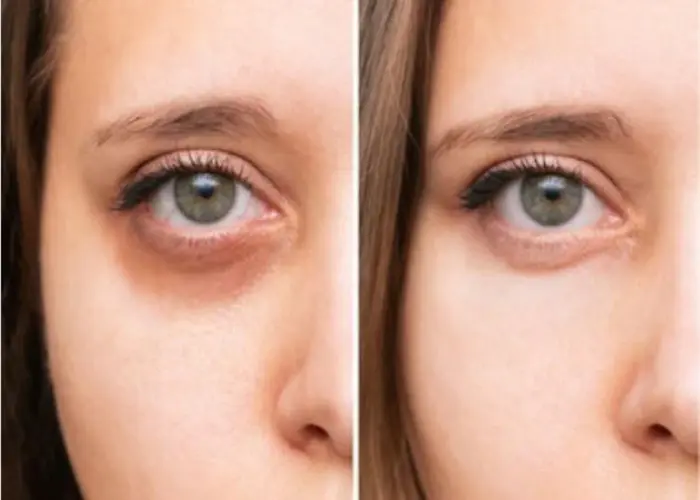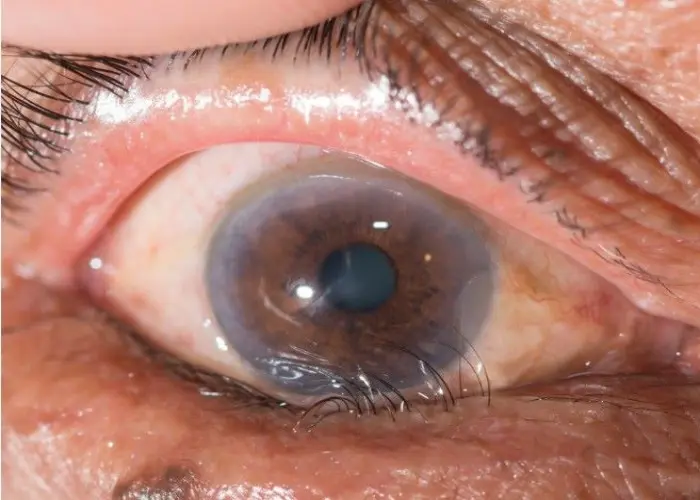 Welcome
Welcome
“May all be happy, may all be healed, may all be at peace and may no one ever suffer."
- A
- B
- C
- D
- E
- F
- G
- H
- I
- J
- K
- L
- M
- N
- O
- P
- Q
- R
- S
- T
- U
- V
- W
- X
- Y
- Z
Eye - Diseases
The eye is an organ that detects light and converts it into electrochemical signals that are sent to the brain, allowing us to see and interpret our surroundings. It is one of the most complex organs in the body, with a number of specialized structures and mechanisms that work together to allow us to see with incredible detail and clarity.
The eye is composed of several main structures, including the cornea, iris, lens, retina, and optic nerve. Light enters the eye through the cornea, a clear, dome-shaped structure that helps to focus the incoming light. The iris, the colored part of the eye, controls the amount of light that enters the eye by adjusting the size of the pupil.
The lens, located behind the iris, further focuses the incoming light onto the retina, a layer of specialized cells at the back of the eye. The retina contains specialized cells called photoreceptors, which are sensitive to light and responsible for converting it into electrical signals that can be sent to the brain. These signals are transmitted to the brain via the optic nerve, which connects the eye to the visual centers of the brain.
In addition to its primary function of vision, the eye is also an important diagnostic tool for a variety of medical conditions. Changes in the appearance or function of the eye can indicate underlying health problems, including diabetes, high blood pressure, and neurological conditions.
The eye is an incredibly complex and important organ, and maintaining its health and function is essential for overall wellbeing. Regular eye exams, healthy habits like wearing protective eyewear and taking breaks from screens, and seeking prompt medical attention for any changes or issues with the eyes can help to ensure long-term eye health.

Brain

Capillaries

Back

Gum

Kidneys

Finger

Scalp

Lens Eye
Eye, Astigmatism, চোখ
To be happy, beautiful, healthy, wealthy, hale and long-lived stay with DM3S.

















